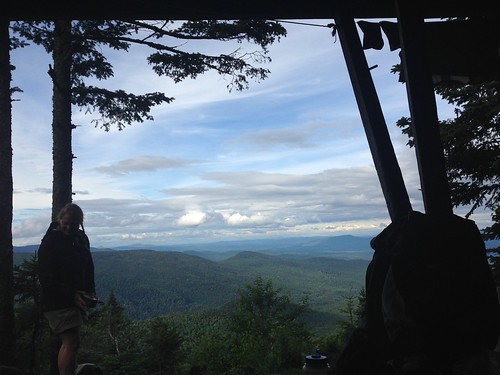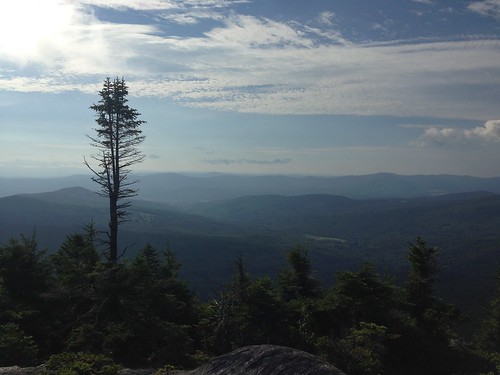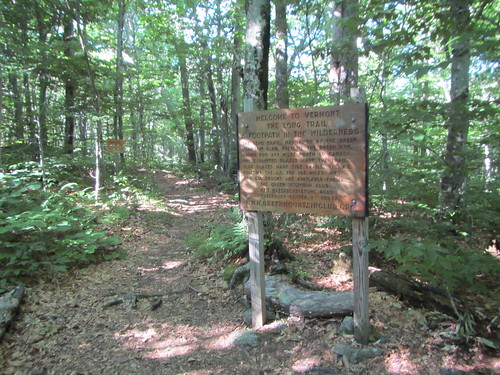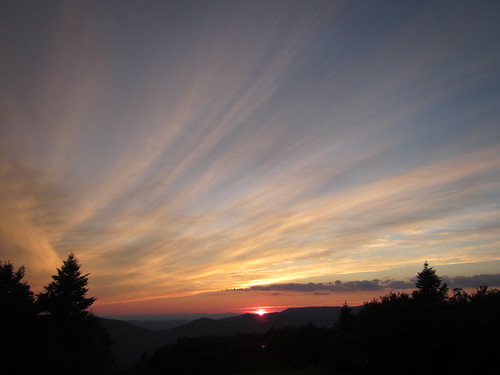An offhand remark on my part that 80 percent of faculty jobs in higher ed were in student affairs led me to wonder whether that was actually true, so I did a little data gathering and crunching.
For my data, I used ASHE Listserv. Not all openings are posted here, but the majority are, and I felt that any missing jobs would be likely missing at random (or that they were aimed at an inside candidate, but that there was no reason this would occur in any subspecialty more than another).* I only included faculty jobs at colleges and universities, excluding graduate assistants, post-docs, adjuncts, deans or above, and jobs at think tanks, states, or other policy bodies; I excluded jobs outside of the United States and Canada. I excluded jobs that were specifically K-12 but included jobs that were open to either K-12 or higher education scholars.
I then categorized the searches by specialty, which was easier in some cases than others. “Any,” in some cases, means “a very wide range of specialties, although not literally any,” and in others it means quite literally any. (Examples of the former: “Our preference is for applicants who have experience in higher education administration especially in the areas of academic advising, assessment, leadership, organizational development, or student development,” and “Expertise appropriate for doctoral level teaching in one or more of the following areas: (1) Quantitative methods applied to institutional research, evaluation, and/or assessment; (2) Leadership in universities and community colleges; (3) Higher education policy; (4) Student learning and academic persistence in higher education.”) In some cases, ads may be incorrectly specified as “any,” if the college chose to only list a speciality in a full ad on their own website. Thus, the number of “any” searches is likely slightly overstated. Additionally, some of the “Methodology” searches in particular were not limited to higher education but also included P-12.
I noted the rank of each position and whether it was tenure-track. In some cases, this was not specified; I assumed ranked professor positions were tenure-track unless the ad stated otherwise. Additionally, ads were grouped by start date, using the semester rather than the month. At this point, it looks like we’ve seen the last posting for “fall 2016,” so I excluded any posts for 2017 start dates.**
Here’s what I found:
Posting date
Unsurprisingly, most ads run in the first few months of the fall semester. There is a lull at the winter holidays, with ads picking back up in February and March. A few run into the summer.
Rank
One in five postings was non-tenure-track. It’s hard to tell from only three years of data whether the jump from 9 non-TT for 2014 to 22 non-TT for 2015 is statistically significant.
38% of jobs were at the assistant rank with 23% at assistant/associate, and 11% open. Scholars at the beginning of their careers, in other words, can apply for about 3 out of 4 positions, without even considering lecturer/visiting positions. Only about 1 in 4 ads were relevant to scholars at the full professor rank.
Specialty
This is the question we’re here for, and I’m rejecting my hypothesis that 80% of openings are for student affairs, even without running any statistical tests. (Sorry, guys.) Only 19% of jobs were focused on student affairs. While this was the largest speciality, and while many of the “any” specialty ads are likely available to student affairs specialists, it is still nowhere close to 80%. The second largest specialities were methodology (these postings were particularly likely not to be limited to higher education scholars) and leadership.
A degree of subjectivity on my part was required to categorize some of these postings, but it’s safe to say the frequently requested specializations are student affairs, methodology, leadership, policy, and community colleges. Of course, if you're a scholar focusing on urban education, you don't necessarily need to despair - 41% of jobs were open to nearly any specialty. That said, that theoretical openness may not translate to an actual willingness to hire a historian, etc.
Discussion
Everyone feels that their topic is given short shrift (go ahead, find me a scholar who feels their area gets enough sessions at ASHE), and as someone who isn't in student affairs, I have fallen prey to this same error.
It's clear that student affairs is the most commonly requested specialty, but it's impossible to tell from this data how this compares to the number of scholars in each area, or to tell how open search committees are to various avenues of research - no doubt there are unstate preferences in the minds of committee members.
Notes
*This assumption may be untrue if jobs in student affairs are likely to be posted with NASPA or ACPA instead of ASHE. Also, it’s not clear to me why ads for a K-12 scholar would run here at all, but there were a few.
**Further methodological notes: Ads that ran twice were only counted once, using their first run date. There is no guarantee that all these positions were filled, or that they were filled with faculty in the desired speciality. If the ads did not specify a start date, fall of the next year was assumed. Data was pulled only from the ads; some ads may have directed readers to an announcement on the institution’s site with more details, such as specialization. I began with the first ad that contained a fall 2014 posting and stopped with the last one that had a fall 2016 posting. A few weeks are missing: Some of those were holidays, with no listserv messages, but it’s possible I am missing as many as five weeks of data (11/14/13, 7/10/14, 7/17/14, 7/2/15, and 11/5/15).

































